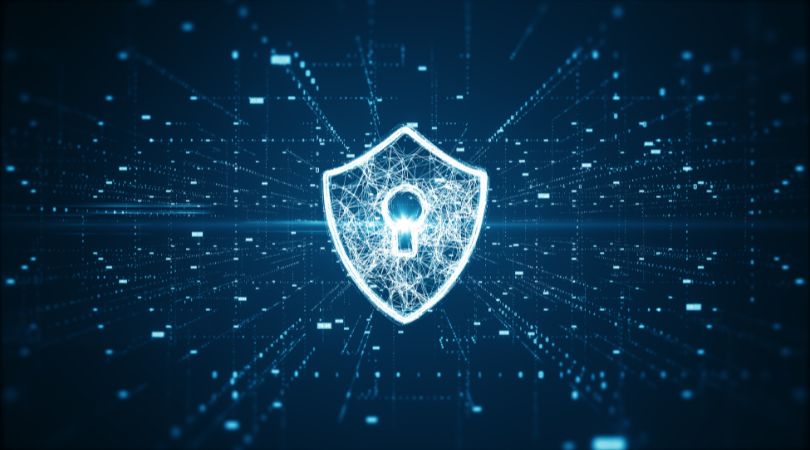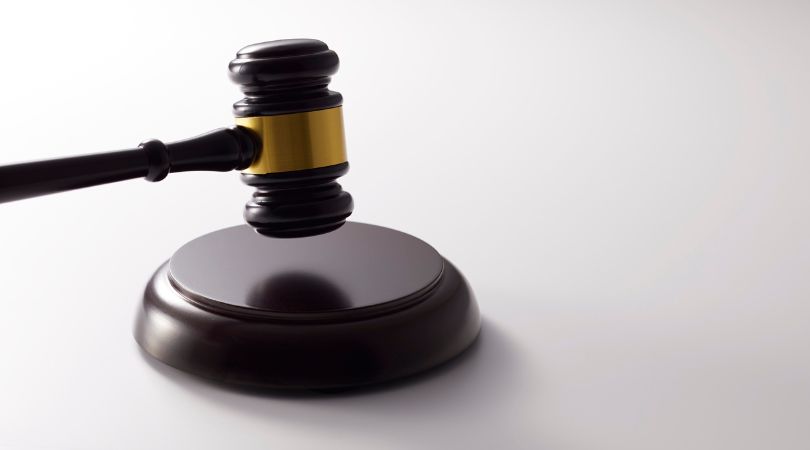Identifying if Your Credit Card Has Been Compromised
Imagine yourself checking your bank statement and an unusual transaction catches your attention. The first question that probably comes to mind is: has my credit card been compromised? In this article, we will explore different ways to determine if your card has indeed been targeted by fraudulent activities.

Revealing signs of fraudulent transactions
Spotting unauthorized transactions on your bank statement may be the first indication that your credit card has been compromised. These financial movements may include purchases you don't recognize or cash withdrawals you haven't made. Quickly identifying these signs will allow you to react promptly.
Vigilance is essential to protect your finances. Carefully monitor your transaction notifications, often sent by message or email. These instantly alert you during each operation. Thus, any suspicious activity can be reported immediately.
Regular monitoring of your bank statements
To detect suspicious activity early, you should regularly monitor your bank statement. Don't let a month pass without checking your transactions to spot any abnormal movements. This common practice may seem tedious, but it plays a central role in protection against fraud.
If in doubt, contact your bank to clarify the situation. Explaining your concerns directly to an advisor allows you to obtain verified information and personalized advice. Acting as soon as a suspicion arises is the key to maintaining the security of your financial data.
How to protect yourself from computer hacking?
Computer hacking constitutes a persistent threat to our personal finances. By strengthening data security, you significantly reduce the risk of your credit card being compromised. Here are some effective practices to adopt:
- Regularly update your software and banking applications.
- Use secure configurations for your connected devices.
- Never share your credit card information via suspicious emails or messages.
These simple gestures help limit the risks of phishing, a technique commonly used by hackers to access your sensitive information. Be vigilant and make sure to interact only with trustworthy websites.
Recognizing and avoiding phishing
Often, credit card compromise stems from phishing. Cybercriminals create fake websites imitating those of banks to collect your personal information. Before entering your data, make sure of the authenticity of the website you're visiting.
Take the time to verify the URL address. An encrypted connection is indicated by "https://" at the beginning of the address. A quick online search can also help confirm the legitimacy of the platform.
What to do if you suspect identity theft?
Do you think you've been a victim of identity theft? It is essential to act quickly to minimize potential damage. Here are the steps to follow:
- Contact your bank immediately to report the fraud.
- Block your card to stop all future transactions.
- File a complaint with the competent authorities.
Such a protocol is vital to stop any malicious use of your information. Don't forget to also inform credit assessment agencies if accounts have been opened in your name.
Blocking the card and strengthening future security
After blocking your card, your next goal should be to ensure it doesn't happen again. Strengthen your passwords, use effective antivirus solutions, and stay informed about new banking fraud methods. These precautions fuel an effective proactive defense.
Consult the resources provided by your bank. Many institutions now offer additional tools to protect their customers, such as automatic alerts during suspicious login attempts.
FAQ on credit card compromise
How to spot a fraudulent transaction?
A fraudulent transaction often appears as an unknown operation on your bank statement. Always compare them with your receipts. If they don't match, contact your bank immediately.
What means should be used to report fraud?
You need to contact your bank quickly as soon as you suspect fraud. Then go to the police services to file an official complaint. Don't neglect any step under the pretext of a lack of immediate evidence.
What to do after blocking your card?
Change your login credentials for all banking services concerned. Invest in antivirus software and regularly consult your bank to get updates on their security policy.
How to protect yourself against phishing?
Always remain vigilant against suspicious emails and SMS requesting personal information. Don't click on unverified links. Be sure to install a spam filter to block known attempts.
Secure Online Payment: Complete Guide for Consumers
Protection Against Banking Phishing: 2025 Guide
Similar articles

How to protect your banking data on social networks?

The rights of people with banking bans in 2025: what the law says
The information provided on this blog is presented for informational purposes only and has no contractual or legal value. Although we strive to ensure the accuracy, completeness and updating of the published content, it may contain errors, omissions or inaccuracies. Carte Veritas and the authors of the articles cannot be held responsible for decisions or actions taken based on the information contained in this blog. Any use of this information is made at your own risk and under your sole responsibility. We encourage you to consult a qualified professional or an expert for any important question or decision relating to the subjects discussed. In addition, the information presented on this site may be modified or updated without notice. By visiting this blog, you agree that Carte Veritas and its partners are released from any liability concerning losses, direct or indirect damages, or consequences arising from the use of the contents of this site, whether they are linked to errors, omissions or the interpretation of the information published.
